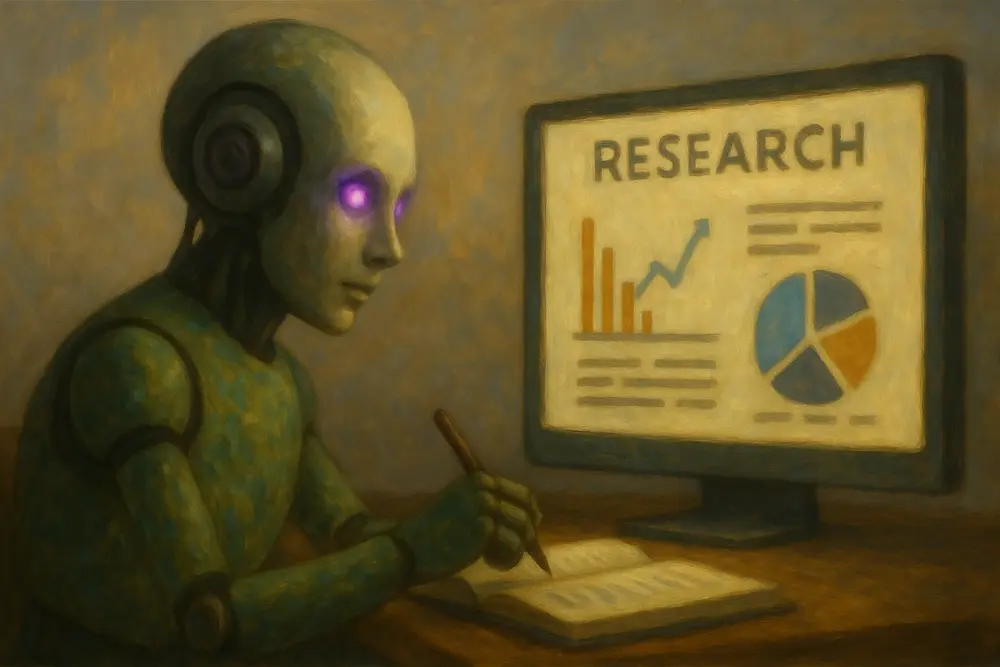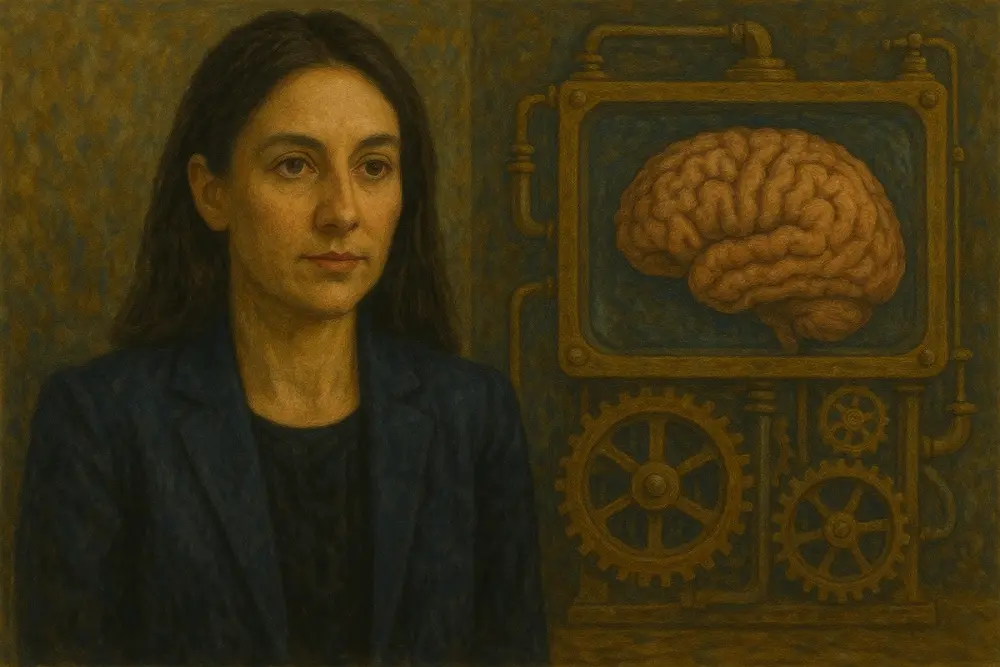Cartoon AI filmmaking & more (April 9, 2025)

David Pawlan
Co-Founder

Share to AI
Ask AI to summarize and analyze this article. Click any AI platform below to open with a pre-filled prompt.
Hey friends,
Today’s newsletter is packed. Between Amazon clawing back relevance, Stanford and NVIDIA building minute-long AI cartoons, and Google turning Gemini into a legit research assistant, it feels like we’re watching the next AI wave take shape — one that’s less about novelty, more about actual utility.
Let’s jump in.
🎥 AI Learns to Tell a Story (Finally)
After years of choppy, forgettable AI video clips, NVIDIA and Stanford just raised the bar with Test-Time Training — a new technique that stitches together consistent, minute-long animations.
The model uses neural networks as a kind of working memory, and it shows. In demos with Tom & Jerry-style shorts, scenes flow logically and characters stay recognizable. It’s still early, but this is a real step toward actual AI filmmaking.

🔊 Amazon’s New Audio + Video Stack = Not Playing Around
If you thought Amazon was sitting out the GenAI race, think again.
They just dropped:
- Nova Sonic — A voice model that beats OpenAI on latency and clarity in noisy settings
- Nova Reel 1.1 — A video model that now generates 2-minute clips, with multi-shot control
Both models are live in Bedrock, and they’re cheap — Sonic clocks in at around 80% less than OpenAI’s equivalents. Combine that with their agentic browser tool (Nova Act) and Alexa+ rollout, and Amazon suddenly feels like a very real player again.
🔎 Gemini 2.5 Pro Becomes a Full-Fledged Researcher
Google’s Gemini Advanced users can now leverage an AI researcher by trying out “Deep Research” — a new mode that synthesizes sources, adds audio summaries, and integrates cleanly with NotebookLM and AI Mode. It’s positioned less as a chatbot and more as an end-to-end knowledge worker.

Other new upgrades:
- Visual input recognition (you can upload images for context-aware answers)
- Geospatial reasoning (think satellite imagery analysis + urban planning insights)
- Audio Overviews (podcast-style summaries of long-form research)
It’s one of the first AI tools that actually feels like it could replace some human workflows instead of just summarizing them.
🧠 Murati’s Secret Lab Assembles the OGs
Mira Murati’s startup, Thinking Machines, now has nearly half its team composed of OpenAI alumni. New additions include:
- Bob McGrew, ex-Chief Research Officer at OpenAI
- Alec Radford, co-creator of GPT

No one knows exactly what they’re building yet — but with this roster, it’s either going to be amazing… or a very expensive ghost ship.
📊 Quick Hits
- Meta’s Llama 4 is great at math and reasoning, but struggles with long-context tasks.
- NVIDIA’s new open model (Nemotron Ultra) beats DeepSeek R1 and Llama 4 at half the size.
- Together AI’s DeepCoder-14B is open-source and rivals top closed-code models.
- Waymo might use in-car camera footage for training + ads, prompting privacy alarms.
- ElevenLabs’ MCP server now enables real-time AI voice agents across platforms (we use them too!).
- Perplexity just launched a $5K credit program for early-stage startups.
⚒️ 5 New Tools Worth Checking Out
- Stepsailor – Turn your product into a guided learning experience.
- Recall – Your AI-powered second brain for organizing scattered ideas.
- ezsite – One-click AI website builder (zero-code).
- Midjourney v7 Alpha – Better coherence, smoother image generation.
- Supaboard – Secure, no-code dashboard builder.
If this helped you cut through the noise, forward it to someone who’s been asking “What’s real in AI right now?”
Or hit reply and tell me: what’s one tool or idea from today’s newsletter you’re actually going to try?
Talk soon,
David
Ready to Build with AI?
Turn these insights into reality. Let our expert team help you implement AI solutions tailored to your business needs.
Start Your AI Project